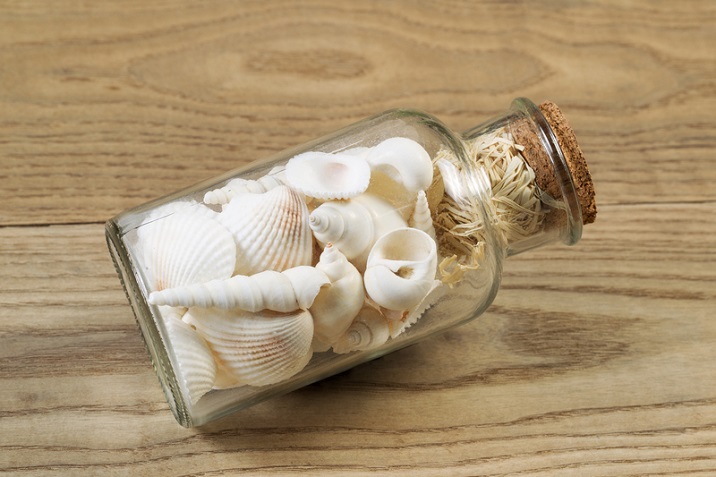
Creating a Productivity Journal
It is always a good idea to keep a track of how much money you have spent and the time spent towards your goal, as this will help you analyze how productive you are. This will also help you examine and adjust your priorities and have a clear mindset towards your goals.
Having a productivity journal is just like having a time log, you can also use a spreadsheet to create one. Your journal should include three things, which are −
- Activities,
- Time spent on each activity, and
- The progress or the outcome of the activity.
You must maintain all the three sections honestly.
The Urgent Vs Important Matrix
Sometimes we are busy handling things which tend to be important, but are not actually that important. The best example of this situation is the distracted zone. These tasks may seem important for people around, but they dont help you to meet your goals.
Urgent and Important − As the name suggests the tasks in this section demand urgent attention, it includes handling critical issues as soon as they arise in the first place.
Important, but Not Urgent − This section includes success-oriented tasks which are important for achieving your goal, but they do not demand immediate attention.
Urgent, but Not Important − This section includes tasks which needs to be done urgently, but are not that important. These tasks dont help you to take your goals forward. You can try delaying them or postponing them for some time or even finish them in your leisure time.
Not Urgent and Not Important − The tasks which are neither urgent nor important and are not even related to your goals are composed in this section. These can be considered as just some distractions you get in your way. None of your family and friends are labeled in this category. The things which are not important like playing games for hours are labeled in this section.
The 80/20 Rule
The 80/20 rule states that 80 percent of our success comes from only 20 percent of our actions. In simple words, it is important to focus more on the 20 percent which demands the actions to de-bone for the 80% success. Plan, prioritize and start working on the 20%.
The Glass Jar: Rocks, Pebbles, Sand and Water
This method of rocks in a glass jar demonstration is like the time management techniques which are used to demonstrate the importance of having all your priorities set. In this method, a glass jar is first filled with large rocks and then with pebbles.

After pebbles, the jar is filled with sand and water. The main objective of this exercise is to teach the participants that they have to put large rocks first, else it wont fit later. The large rocks represent different goals which we need to prioritize in our lives to achieve.